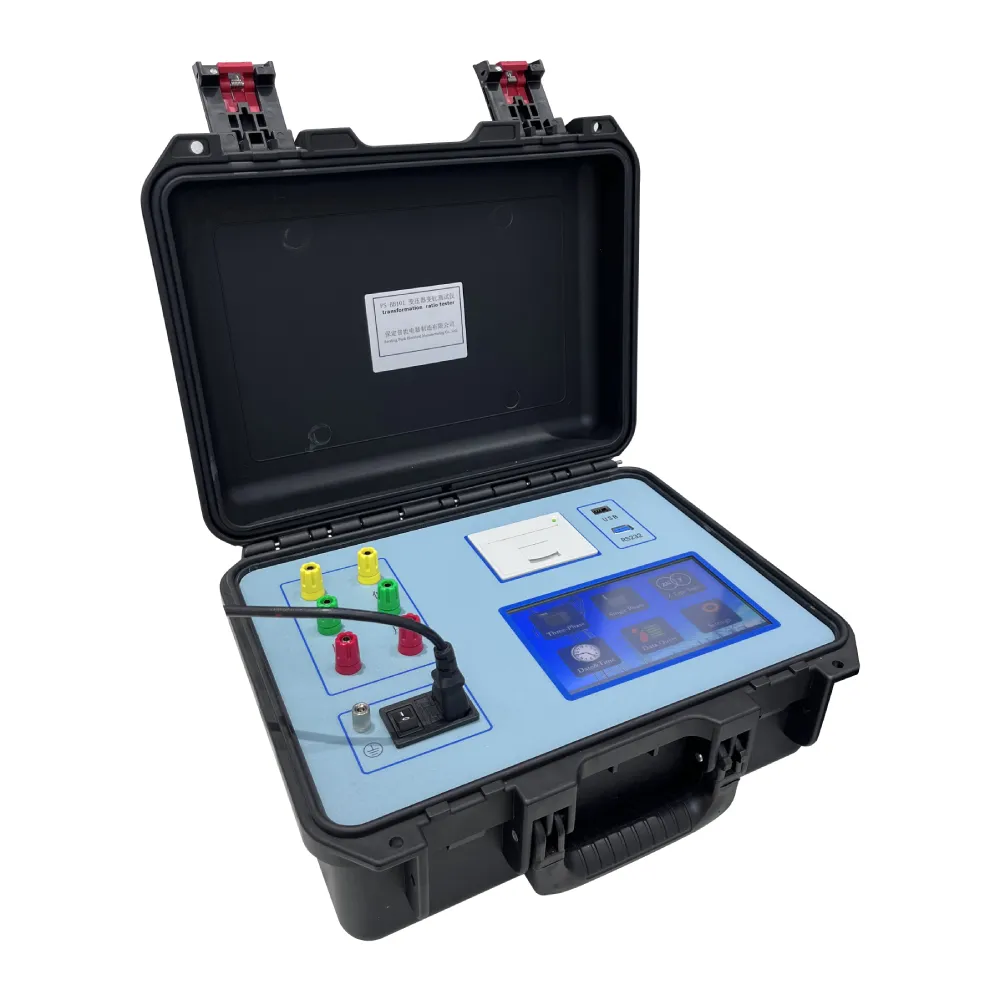 English
English



-
 Afrikaans
Afrikaans -
 Albanian
Albanian -
 Amharic
Amharic -
 Arabic
Arabic -
 Armenian
Armenian -
 Azerbaijani
Azerbaijani -
 Basque
Basque -
 Belarusian
Belarusian -
 Bengali
Bengali -
 Bosnian
Bosnian -
 Bulgarian
Bulgarian -
 Catalan
Catalan -
 Cebuano
Cebuano -
 China
China -
 China (Taiwan)
China (Taiwan) -
 Corsican
Corsican -
 Croatian
Croatian -
 Czech
Czech -
 Danish
Danish -
 Dutch
Dutch -
 English
English -
 Esperanto
Esperanto -
 Estonian
Estonian -
 Finnish
Finnish -
 French
French -
 Frisian
Frisian -
 Galician
Galician -
 Georgian
Georgian -
 German
German -
 Greek
Greek -
 Gujarati
Gujarati -
 Haitian Creole
Haitian Creole -
 hausa
hausa -
 hawaiian
hawaiian -
 Hebrew
Hebrew -
 Hindi
Hindi -
 Miao
Miao -
 Hungarian
Hungarian -
 Icelandic
Icelandic -
 igbo
igbo -
 Indonesian
Indonesian -
 irish
irish -
 Italian
Italian -
 Japanese
Japanese -
 Javanese
Javanese -
 Kannada
Kannada -
 kazakh
kazakh -
 Khmer
Khmer -
 Rwandese
Rwandese -
 Korean
Korean -
 Kurdish
Kurdish -
 Kyrgyz
Kyrgyz -
 Lao
Lao -
 Latin
Latin -
 Latvian
Latvian -
 Lithuanian
Lithuanian -
 Luxembourgish
Luxembourgish -
 Macedonian
Macedonian -
 Malgashi
Malgashi -
 Malay
Malay -
 Malayalam
Malayalam -
 Maltese
Maltese -
 Maori
Maori -
 Marathi
Marathi -
 Mongolian
Mongolian -
 Myanmar
Myanmar -
 Nepali
Nepali -
 Norwegian
Norwegian -
 Norwegian
Norwegian -
 Occitan
Occitan -
 Pashto
Pashto -
 Persian
Persian -
 Polish
Polish -
 Portuguese
Portuguese -
 Punjabi
Punjabi -
 Romanian
Romanian -
 Russian
Russian -
 Samoan
Samoan -
 Scottish Gaelic
Scottish Gaelic -
 Serbian
Serbian -
 Sesotho
Sesotho -
 Shona
Shona -
 Sindhi
Sindhi -
 Sinhala
Sinhala -
 Slovak
Slovak -
 Slovenian
Slovenian -
 Somali
Somali -
 Spanish
Spanish -
 Sundanese
Sundanese -
 Swahili
Swahili -
 Swedish
Swedish -
 Tagalog
Tagalog -
 Tajik
Tajik -
 Tamil
Tamil -
 Tatar
Tatar -
 Telugu
Telugu -
 Thai
Thai -
 Turkish
Turkish -
 Turkmen
Turkmen -
 Ukrainian
Ukrainian -
 Urdu
Urdu -
 Uighur
Uighur -
 Uzbek
Uzbek -
 Vietnamese
Vietnamese -
 Welsh
Welsh -
 Bantu
Bantu -
 Yiddish
Yiddish -
 Yoruba
Yoruba -
 Zulu
Zulu
Evaluating Insulation Integrity through Hipot Continuity Testing Methods and Best Practices
Understanding the Hipot Continuity Test Ensuring Electrical Safety
In the realm of electrical testing, ensuring the safety and reliability of electrical devices is paramount. Among various testing methodologies, the Hipot (High Potential) continuity test plays a critical role in evaluating the insulation and continuity of electrical components. This article provides an overview of the Hipot continuity test, its importance, procedures, and applications.
What is the Hipot Continuity Test?
The Hipot test is primarily used to assess the insulation integrity of electrical devices. It involves applying a high-voltage stress between the electrical conductors and the ground or between various conductors to check for insulation failures. The test helps identify potential breakdowns in insulation material that could lead to electrical shocks, short circuits, or fires. A continuity test, on the other hand, evaluates the completeness of electrical connections, ensuring that electricity can flow through a circuit without any interruptions.
Importance of the Hipot Continuity Test
Electrical devices, particularly those used in industrial and medical applications, must adhere to strict safety standards to protect users from electrical hazards. The Hipot continuity test is crucial for several reasons
1. Safety Assurance By detecting insulation failures, the test helps prevent dangerous electrical shocks, which can occur if the insulation breaks down.
2. Compliance with Standards Many industry standards, such as IEC, UL, and ISO, require manufacturers to perform Hipot tests to ensure that electrical appliances are safe for consumer use.
3. Quality Control Regular testing helps maintain product quality throughout the manufacturing process. It identifies faults early, reducing the risk of defective products reaching customers.
The Testing Procedure
hipot continuity test

Conducting a Hipot continuity test involves several key steps
1. Preparation Before beginning the test, ensure all devices are disconnected from power sources. Identify the components to be tested, including wires, cords, and connectors.
2. Setting Test Parameters Using a Hipot tester, select the appropriate test voltage. This is usually higher than the normal operating voltage, typically ranging from 500V to 4000V, depending on the equipment specifications.
3. Connection Connect the tester's leads to the appropriate conductors. For example, connect one lead to the live conductor and the other to the earth ground or the neutral conductor.
4. Testing Activate the tester to apply the high voltage. Monitor the readings displayed on the tester. A successful test results in no current leakage, indicating proper insulation integrity and good continuity.
5. Analysis After the test, analyze the results. If the test indicates leakage or fails to provide expected continuity, further investigation is required to determine the nature of the fault.
Applications of the Hipot Continuity Test
The Hipot continuity test is widely used across various industries, including
- Manufacturing To ensure the safety and reliability of electrical appliances, tools, and machinery. - Healthcare In medical devices where electrical safety is critical for patient safety. - Telecommunications For testing cables and equipment to prevent communication failures. - Aerospace To ensure that electrical systems in aircraft meet safety regulations and function correctly.
Conclusion
The Hipot continuity test is an essential tool in the field of electrical engineering, providing a safety net for manufacturers and users alike. By ensuring that electrical insulations are robust and connections are sound, this test helps mitigate risks associated with electrical systems, ultimately fostering a safer environment for both consumers and professionals. As technology continues to evolve, the importance of rigorous testing protocols like the Hipot continuity test will remain integral to electrical safety standards and practices.
-
Testing Equipment Industry Sees Major Advancements in 2025: Smart & Precision Technologies Lead the WayNewsJun.06,2025
-
Applications of Direct Current Generators in Renewable Energy SystemsNewsJun.05,2025
-
Hipot Tester Calibration and Accuracy GuidelinesNewsJun.05,2025
-
Digital Circuit Breaker Analyzer Features and BenefitsNewsJun.05,2025
-
Benefits of Real-Time Power Quality Monitoring Devices for Industrial EfficiencyNewsJun.05,2025
-
Earth Fault Loop Testing in High-Rise Building Electrical SystemsNewsJun.05,2025



